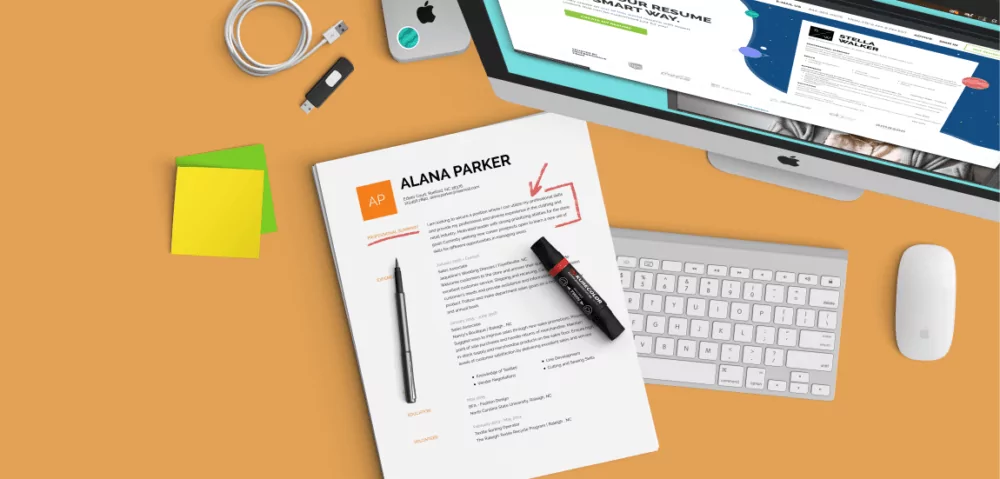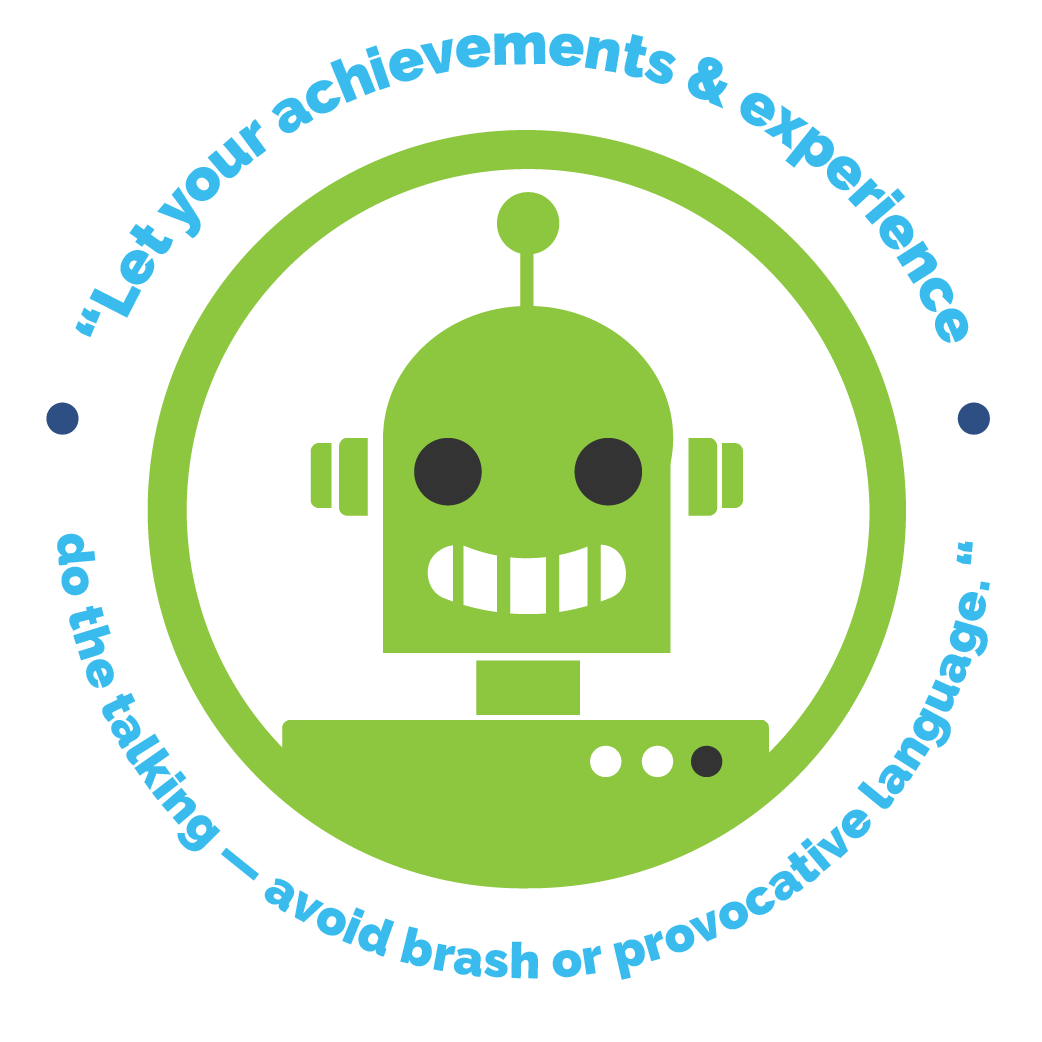Curious about what a professional summary statement is, how it’s different from a resume objective, and how to go about writing an effective one? Read on to learn everything you need to know.
Table of Contents
- – Introduction
- – What Is a Professional Summary Statement?
- – What Is the Purpose of a Professional Summary Statement?
- – Three Types of Professional Summary Examples
- – Crafting the Perfect Professional Summary Statement
- – Key Tips for a Professional Summary
- – Professional Summary Examples Matter for Your Resume
 Introduction
Introduction
A professional summary statement is like a neatly wrapped little present at the top of your resume, just waiting to dazzle hiring professionals.
This brief summary of your accomplishments and experience may be small, but its impact on your resume can be mighty. A compelling professional summary statement can capture interest and invite the reader to explore your resume in greater detail … and help set you apart from other applicants.
 What Is A Professional Summary Statement?
What Is A Professional Summary Statement?
A professional summary statement is a brief paragraph at the top of your resume that showcases your professional experience and skills.
It’s like a succinct “best of” reel from the resume below. It gives hiring professionals a sneak peek of what they can expect to find, and hints as to why you’re the best candidate for the job.
 What Is The Purpose Of A Professional Summary Statement?
What Is The Purpose Of A Professional Summary Statement?
When you’re browsing a magazine rack, you probably don’t read the entire magazine before you buy. Instead, you quickly scan the cover to see what types of headlines and stories are in the issue. This gives you enough of a preview that you get a good idea of whether or not you want to buy.
Your professional summary, summary statement, or objective statement acts in a similar way. It’s an easy-to-skim preview of what’s in store in your resume.
As for what makes an effective resume summary statement?
According to Rebecca Patt, SVP Development at Wray Executive Search, a leading executive search firm for the restaurant and hospitality industry, it’s all about making every word count. “Don’t make it drivel. Make it have some substance and be easy to read at a glance.”
 Three Types Of Professional Summary Examples
Three Types Of Professional Summary Examples
 While a professional summary statement is standard on many resumes, it’s not the only option.
While a professional summary statement is standard on many resumes, it’s not the only option.
Depending on the job, your level of experience, and other factors, you may choose to use another short paragraph of introduction on your resume, such as a professional summary or an objective statement.
Curious about the difference between a professional summary statement, a professional summary, and an objective statement? Let’s discuss.
Professional Summary Statement
This is a short, 1-3 sentence paragraph or bullet points that summarizes your professional experience. The idea is to demonstrate the value that you bring to this position based on your experience. So if you were applying for an art director position, your professional summary statement might read like so:
| ✓ Art Director Professional Summary Statement Example |
|---|
|
Professional Summary
A professional summary is a bit longer than a typical summary statement. If you have over a decade of experience (and if you have enough room on your resume), you could expand your professional summary statement into a professional summary. Typically, a professional summary is an entire paragraph, or it may be organized into 4-8 bullet points.
The goal is to highlight your key skills and experiences as a valued employee with a good deal of work history and value to offer. You might point out specific career highlights, including how much experience you have, relevant awards and achievements, and milestones.
For example, a software engineer’s professional summary might look like so:
| ✓ Software Engineer Professional Summary Example |
|---|
|
Objective Statement
Also referred to as a resume objective statement, this is a short (usually one-sentence) statement that explains your current career stage and type of position you’re looking for.
In general, objective statements are viewed as outdated and inferior to the aforementioned methods. However, there are times when it can make the most sense — for instance, when you’re an entry-level candidate looking for entry-level work.
For instance, if you’re looking for an entry-level marketing position, your objective statement might look like so:
| ✓ Entry-Level Marketing Position Objective Statement Example |
|---|
|
 Crafting The Perfect Professional Summary Statement
Crafting The Perfect Professional Summary Statement
 Now that you’ve got a better understanding of what a professional summary statement is and whether or not it’s right for you, let’s talk about what you need to know to craft an effective one.
Now that you’ve got a better understanding of what a professional summary statement is and whether or not it’s right for you, let’s talk about what you need to know to craft an effective one.
How Long Should a Summary Statement Be?
Short and sweet is the key here.
A professional summary statement should be a series of short bullet points or a short paragraph of 1-3 sentences. Channel your inner Marie Kondo and toss out anything that isn’t necessary. Or as Patt puts it, “Make it minimalistic … only include what can’t be left out.”
Where Should It Go On Your Resume?
Geographically speaking, where should the professional summary statement go on your resume? Typically, it lives right at the top of the resume, below your name and contact information but above the main body of the resume.
 Key Tips For A Professional Summary
Key Tips For A Professional Summary
Don’t make a misstep! Here are some key tips for what to do — and what to avoid — with your professional summary statement.
What Should You Include?
- Keywords from the job listing:
When possible, try to use specific language from the job listing. This demonstrates that you’ve carefully reviewed the listing and that you’ve got the skills and experience the potential employer is looking for. - Milestones or key achievements:
If you won a prestigious award that establishes you in the field, be sure to mention it. - Impressive numbers:
If you have more than 10 years of experience in the field, don’t be shy about mentioning it. But focus on impressive numbers — if your experience amounts to more like 6 months, you might not want to shout it out.
What Should You Avoid?
- Unnecessary information:
Remember, the professional summary statement isn’t intended to stand alone — it’s a precursor to the resume. As Patt says, “It needs to work in concert with all the other elements of the resume.” This isn’t the place to mention things like employment gaps or talk about your future goals. - Being flashy:
The professional summary statement is a sales tool, but it should be a soft sell. According to Patt, “it should not call attention to itself — avoid anything that is too attention-grabbing.” Let your achievements and experience do the talking — avoid brash or provocative language.
 Professional Summary Examples Matter for Your Resume
Professional Summary Examples Matter for Your Resume
With its prime real estate near the top of your resume, the professional summary statement helps set the tone for the rest of the document. That means it’s well worth spending the time and effort to write a good one!
A carefully considered and informative professional summary statement can capture the interest of hiring professionals and help you get noticed. It can help you separate yourself from the many other applicants and bring you a step closer to the job of your dreams!
What information about professional summary statements was most helpful to you? Leave a comment and let us know!









